Stephanie McBride explores Deirdre Brennan’s photographic response to James Joyce’s Ulysses
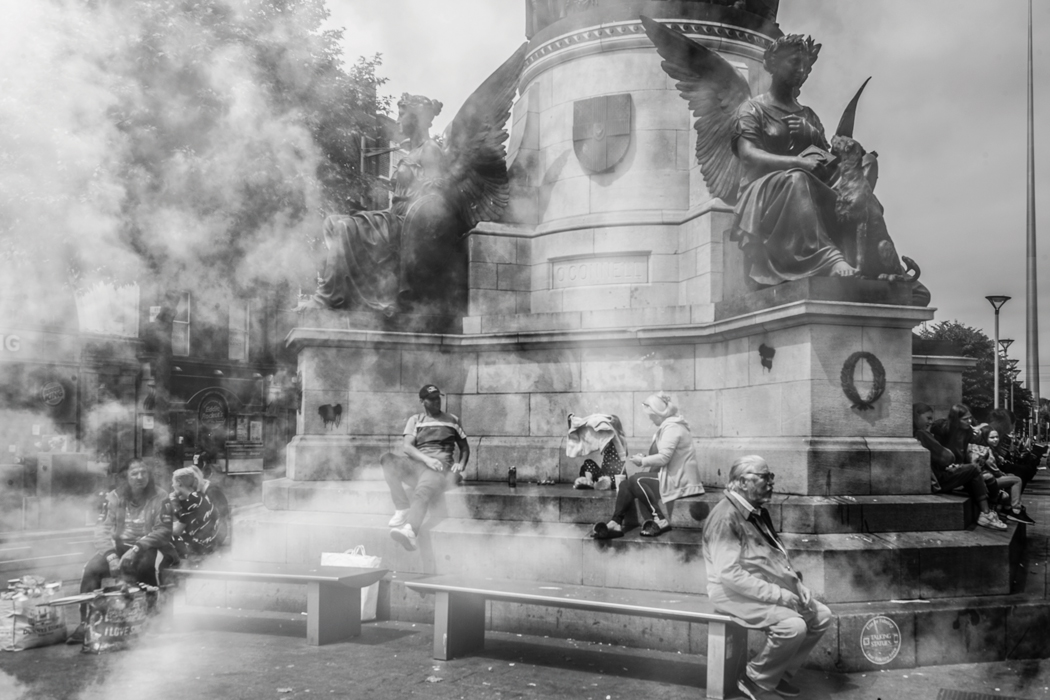
Stephanie McBride explores Deirdre Brennan’s photographic response to James Joyce’s Ulysses
Umberto Eco once described James Joyce’s Ulysses as a prime example of an ‘open work‚’, with ‘an indefinite reserve of meanings‚’. With its rich infusion of literary styles, stories and characters, the novel and its openness have generated their own ever-expanding iconographic universe since first publication in 1922: for example, in stage and film adaptations, numerous art projects, Eve Arnold’s 1955 photo of Marilyn Monroe reading a copy, the boaters and bow ties of today’s Bloomsday pilgrims.
Irish photographer Deirdre Brennan says that ‘growing up on Camden Street, surrounded by a cast of characters that would not have been out of place in Ulysses‚’ prompted her Following Ulysses project. Setting out on her journey on Bloomsday in 2004, she found it liberating to shift beyond the rigid photo essay to reflect what she sees as ‘a social and magical realism‚’ in the novel. In her creative interpretation, which combines street photography, landscape, portraiture and photojournalism, she aims ‘to explore the themes of class, culture, race and social struggle in modern Dublin‚’.
To read this article in full, subscribe or buy this edition of the Irish Arts Review
Umberto Eco once described James Joyce’s Ulysses as a prime example of an ‘open work‚’, with ‘an indefinite reserve of meanings‚’. With its rich infusion of literary styles, stories and characters, the novel and its openness have generated their own ever-expanding iconographic universe since first publication in 1922: for example, in stage and film adaptations, numerous art projects, Eve Arnold’s 1955 photo of Marilyn Monroe reading a copy, the boaters and bow ties of today’s Bloomsday pilgrims.
Irish photographer Deirdre Brennan says that ‘growing up on Camden Street, surrounded by a cast of characters that would not have been out of place in Ulysses‚’ prompted her Following Ulysses project. Setting out on her journey on Bloomsday in 2004, she found it liberating to shift beyond the rigid photo essay to reflect what she sees as ‘a social and magical realism‚’ in the novel. In her creative interpretation, which combines street photography, landscape, portraiture and photojournalism, she aims ‘to explore the themes of class, culture, race and social struggle in modern Dublin‚’.
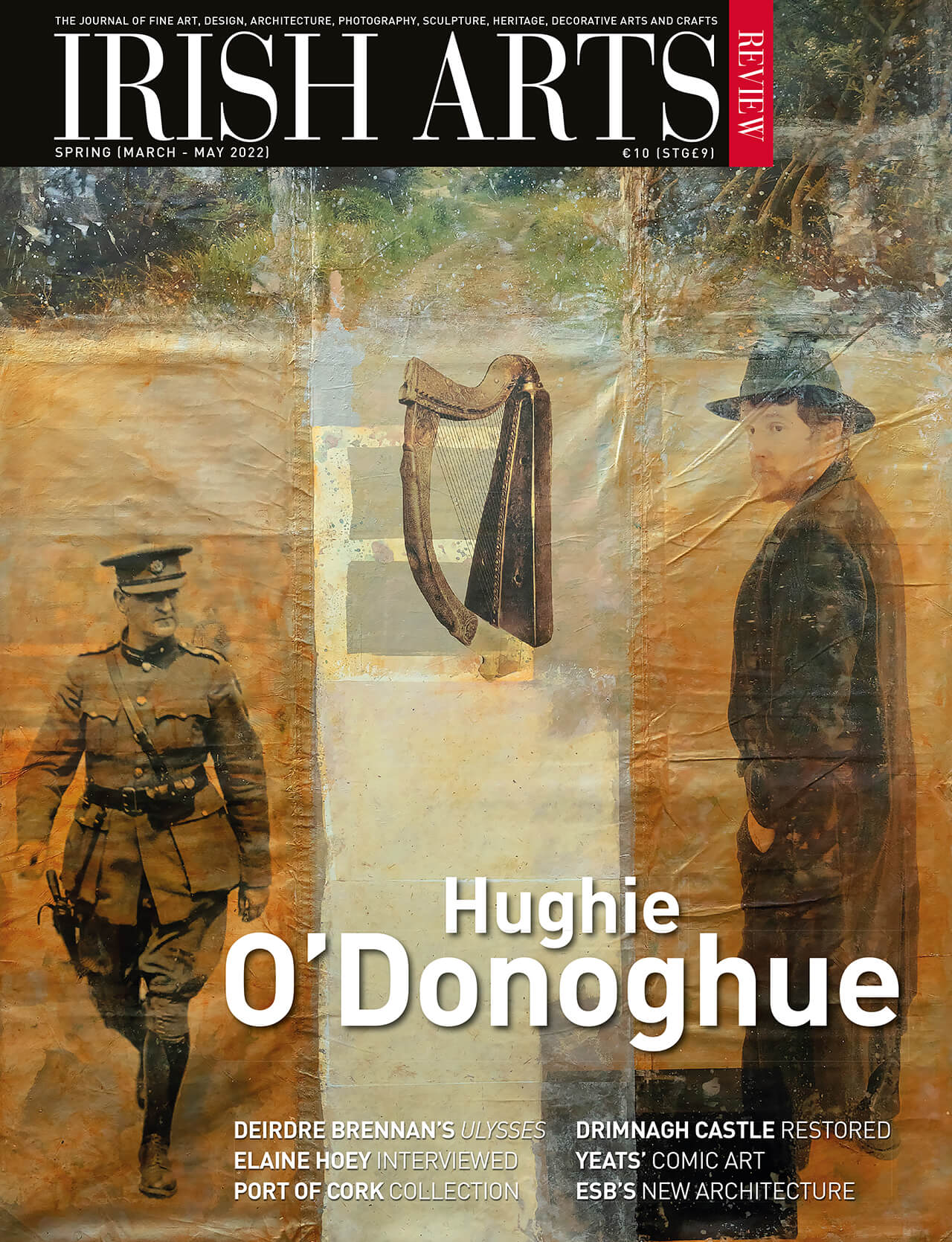
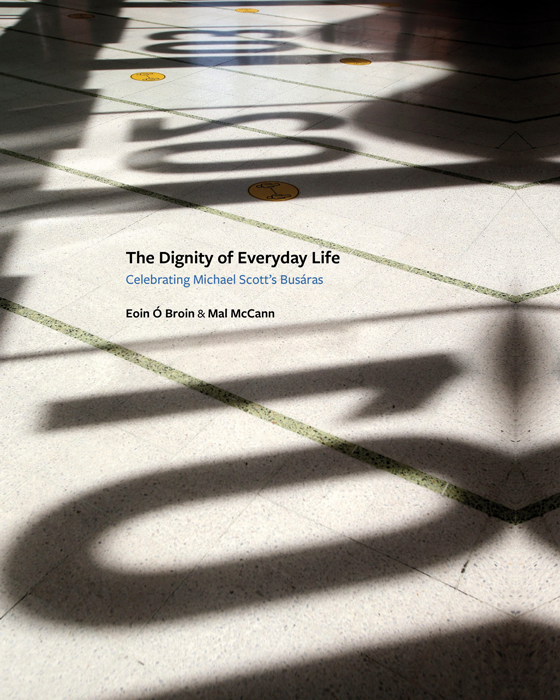
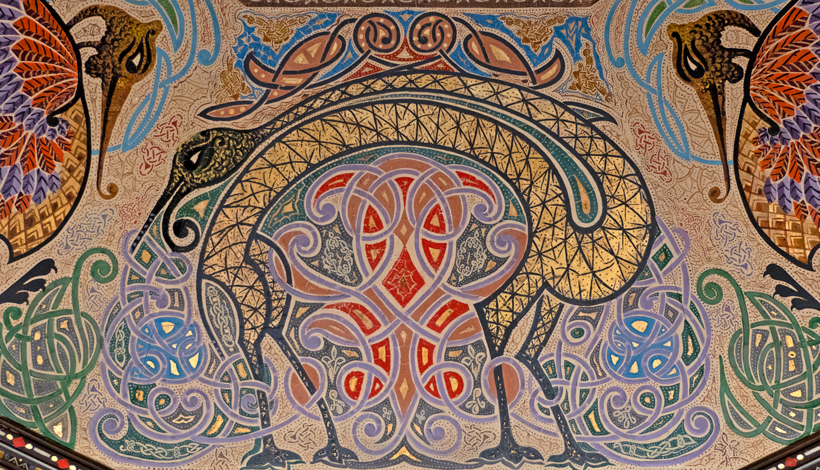
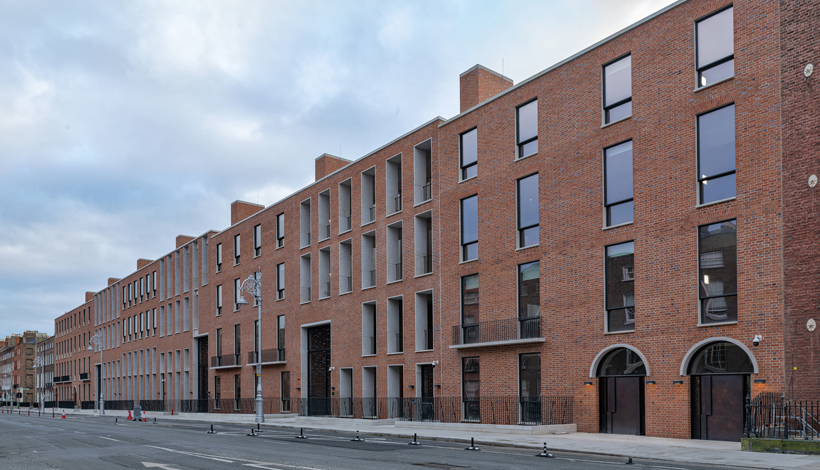
James Howley is impressed by Grafton Architects and O’Mahony Pike’s rebuild of the ESB headquarters and believes it is a building of international importance